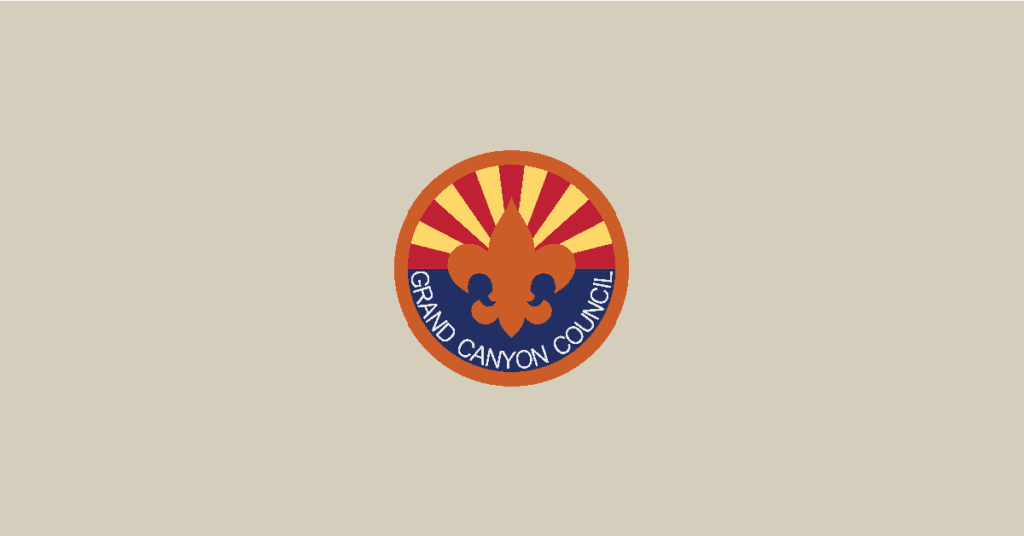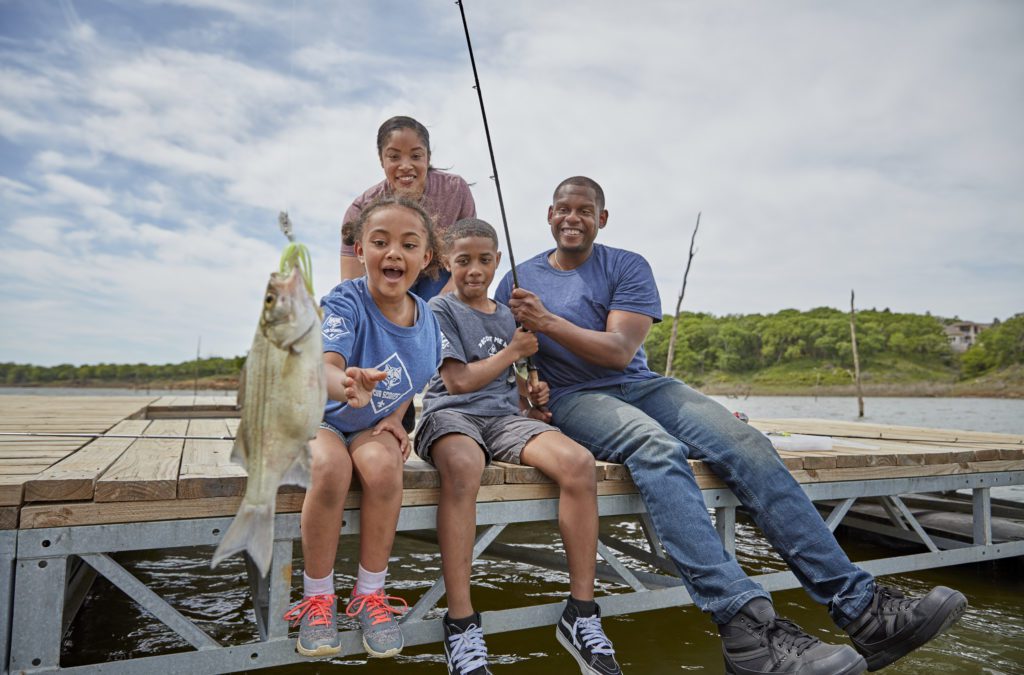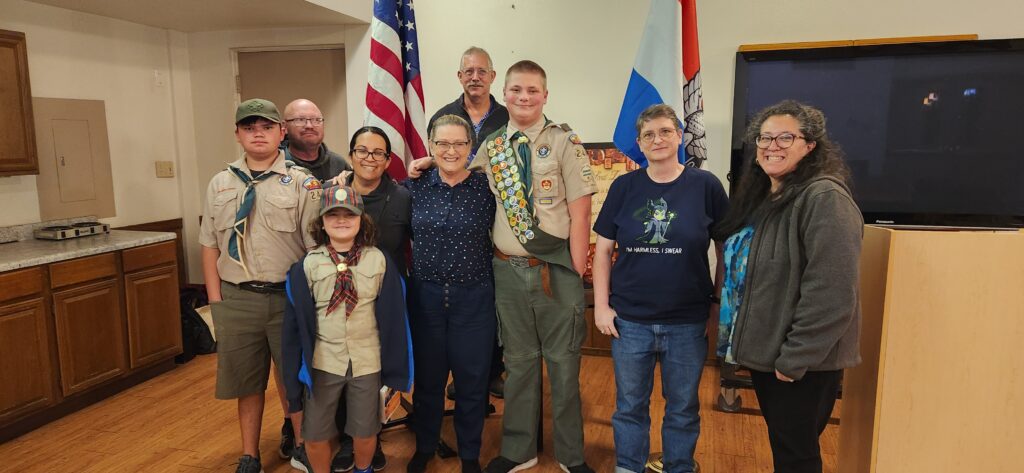
Any journey begins with the first step. For Stevie, that first step was a long time coming. His story starts with two parents desperately hoping to beat odds that specialists said were less than 3 percent of being able to have biological children. Andy and I beat those odds, not once, but twice.
Stevie was what I called our bonus baby. Our oldest could have been the poster child for What to Expect the Toddler Years, hitting everything milestone in textbook fashion. That didn’t happen for Stevie. At 18 months, he wasn’t walking independently. He had only a couple of words. He drooled. His torso was floppy.
A co-worker at The Arizona Republic told me about Arizona’s Early Intervention Program and suggested we have Stevie evaluated because of his speech delay. The diagnosis came back Pervasive Developmental Delay. I threw away the “what to expect” book and focused on helping Stevie achieve milestones on his timetable. He qualified for AzEIP, then for special education preschool for children with learning delays.
His first 10 years he spent in weekly speech therapy, occupational therapy, and physical therapy. We dreamed he’d eventually ride a bike—a complex combination of bilateral movements using separate sides of the body—a skillset especially difficult for children with sensory integration challenges. Their bodies don’t send signals to their brains the same way a neurotypical person receives input.
When our oldest was about to turn 7, we invited classmates to a birthday party, but none could come because they were all going to be at BSA Baseball Night with the Diamondbacks. That’s when we discovered and joined Pack 244 in Laveen. Every camping trip with the pack was an adventure for Stevie, too, and he was excited to join the following year as a Tiger. We were a den of two, me as the leader, and Stevie as the lone Tiger cub.
From kindergarten onward, I gave up working full-time because Stevie’s school seemed to be calling every week with an issue about a behavior or academic challenge. If Stevie fell, which happened often due to problems with proprioception and spatial orientation, he would be inconsolable. I would rush to the school, help with ice and hugs, and on most occasions be able to leave again.
Our den gained a few more children in the next couple of years and by Bears, we had a solid den of friends and supportive parents. Another child in our group also had some learning challenges. Our families became friends, looking out for each other’s kids on hikes and camping trips—cheering loudest when our boys reached a new scout achievement, whether at a Pinewood Derby or a Rain Gutter Regatta. This often involved scrapes, bruises, and falls for the children, too. Our scoutmaster used to joke that it wasn’t a proper outing unless Stevie fell or threw up. But Stevie didn’t give up on camping or hiking or scouts.
By age 10, his diagnosis had evolved with both developmental pediatricians and the school district agreeing he was on the autism spectrum. His speech and physical skills had improved remarkably through therapies, hiking and camping, and other physical experiences. But his social skills had not. Classmates would manipulate him into misbehavior without him understanding the consequences.
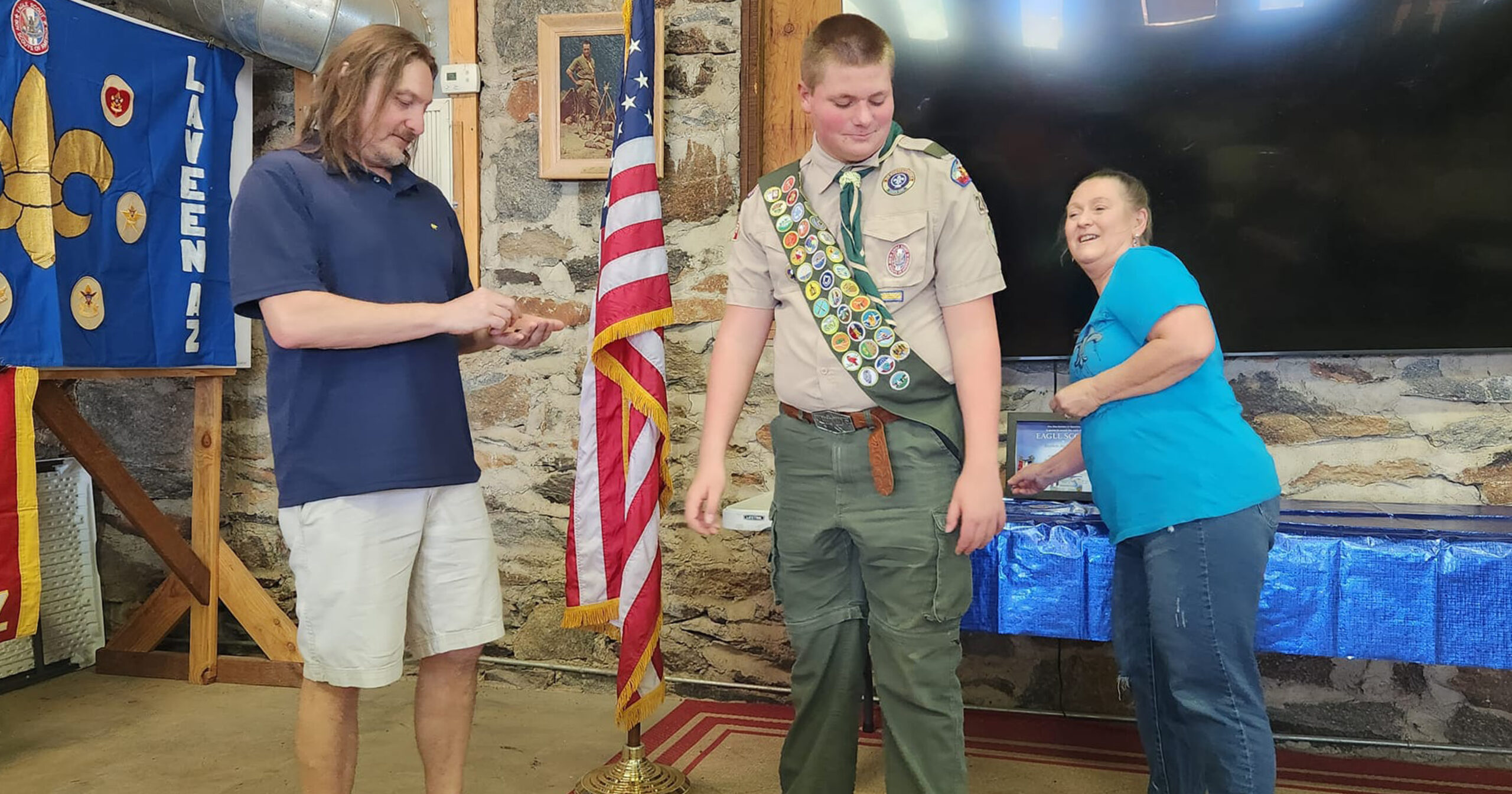
Our focus became on social skills through scouting and 4-H membership. Stevie has a real affinity for animals, so 4-H was a great fit for him to find an area in which to excel. He loved to play baseball and played soccer for a while as well, but his peers’ skills far exceeded his due to developmental delays and coordination issues. Being in scouts where youth do their individual best and being in 4-H where caring for animals and doing individual projects are the norm, seemed to be great places for Stevie to find his niche.
Stevie and two of his closest buddies crossed over into BSA Troop 244, all three earning their Arrows of Light in May 2016. A new journey began, much tougher than collecting beads and belt loops as he had as a cub scout. The hikes were longer, more independence was expected on camping trips.
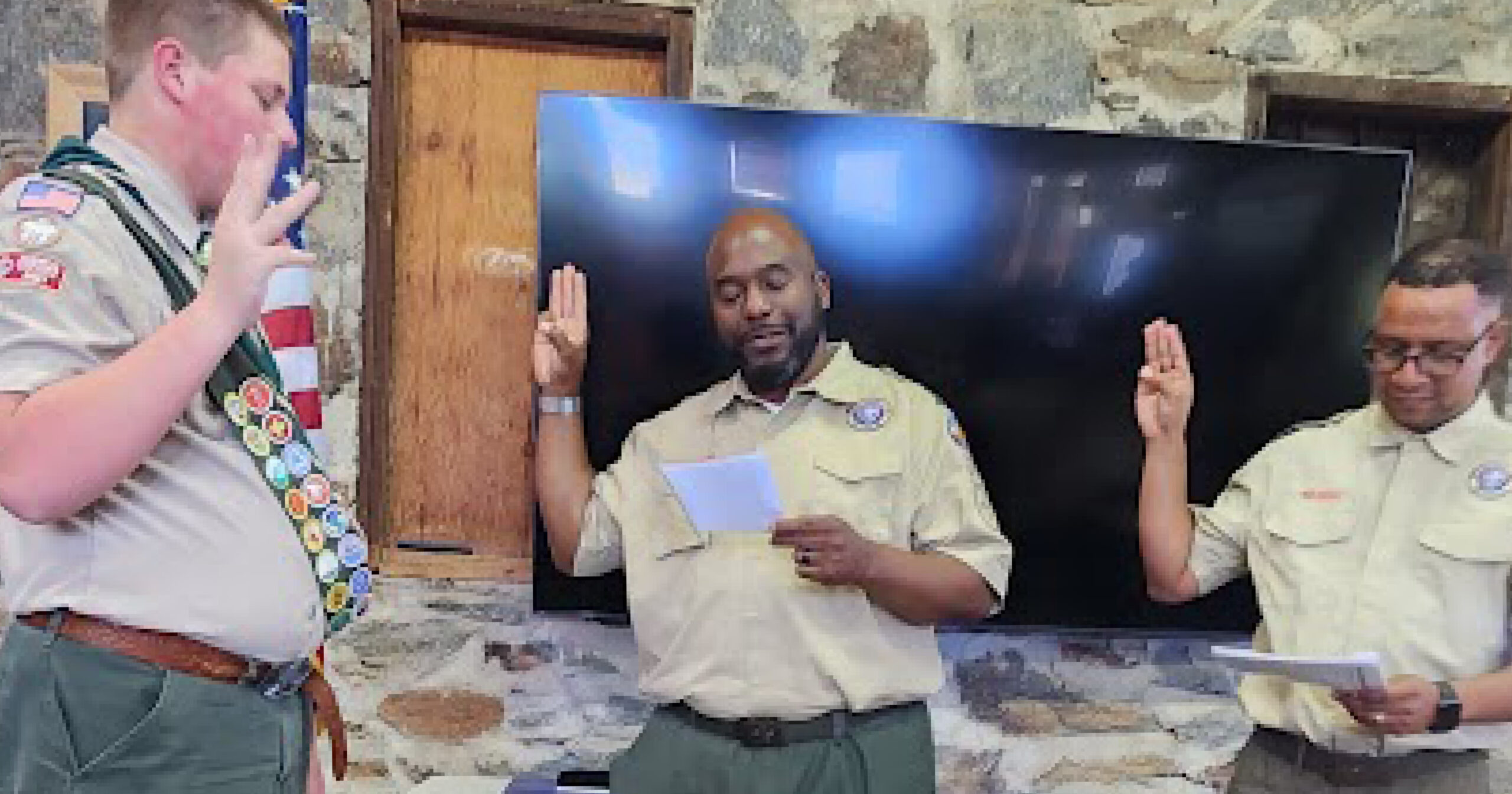
After his first year of being in Troop 244, Andy & I believed he was ready for a week at camp. Not on his own, though. So, I bought a cot, and headed off to Camp Raymond with both my children for the week. To ensure Stevie got to his merit badge classes, I went to each of them with him. My older child had been to camp several times and at 15, had many longtime scouting friends. So, I went to First Aid, Pottery, Wood Carving, Space Exploration, Fish and Wildlife Management, and Amphibian Study with Stevie. He earned all six merit badges that first year, and he was hooked on summer camp.
The next year, we returned to Raymond where Stevie signed up for archery, the one he calls his favorite merit badge he earned throughout scouting. It was not easy. His upper body strength at 13 was not the best and he could barely pull back the string, let alone manage the control needed to aim accurately.
To this day, I’ve never seen such determination or such an excellent example of scout spirit. Stevie worked on his archery every day during free time. On Friday, the day when everyone wraps up the last requirements, Stevie spent the entire day—about 5 hours total—at the archery range where the counselors worked with him over and over and over to help hit those scores. Earning that badge was an exceptional achievement for him, and I should have realized then and there, that Stevie simply does not quit.

In the following five years, Stevie earned a total of 37 merit badges including Camping, Rowing, Swimming, Life Saving, Canoeing, Rifle Shooting, and Kayaking. I attended summer camp with him every year he went, including two years at Raymond and three at Camp Geronimo. In 2022, he completed his Eagle Scout service project during his final summer camp at Geronimo, collecting nearly 300 Northern Crayfish, measuring them, identifying gender, and sending the data to the Arizona Department of Game and Fish.
He served the troop as a Scribe, Assistant Patrol Leader, Quartermaster and Patrol Leader. He grew stronger socially, mentally, and physically. On Jan. 19, 2023, he completed his Eagle Scout Board of Review at First United Methodist Church, a wonderful coincidence in location as that is the church where he was baptized as a baby. Stevie exemplifies what scouting can do for young people, no matter where their journey starts.
But they do not walk the path alone. I signed up and got trained last year to teach the new Citizenship in Society merit badge. I knew Stevie would need to complete it, and I believe it to be one of the most important additions to the Eagle Scout requirements. When you have a child who struggles to fit in, inclusiveness can be elusive. When you see other youth making new friends easily, and your child struggling, you worry. By teaching this merit badge, I hope to make the path easier for other youth who might find fitting in a little harder.
For Stevie, the scout leaders, parent volunteers, and merit badge counselors who helped in his journey deserve immeasurable thanks for their support, their patience, and their guidance. Working with a child who has special needs represented challenges they had no way to predict, and often left them wondering how to help. But none of them lost their faith in Stevie’s ability to complete his Eagle Scout journey.
Stevie said that what he values most from scouting is that it taught him perseverance and confidence. He said he learned to work harder, and longer, when necessary, to accomplish what he wanted to do but that every new achievement gave him more confidence.
It taught me that the Scouting village is a place where youth will find a safe place to journey into life with the skills, confidence, and perseverance to achieve whatever it is they set out to do.
Written by Rose Tring

